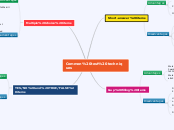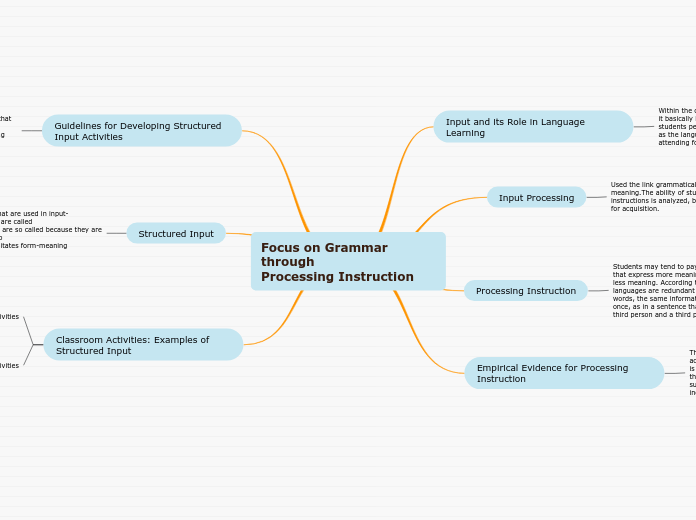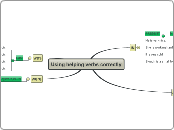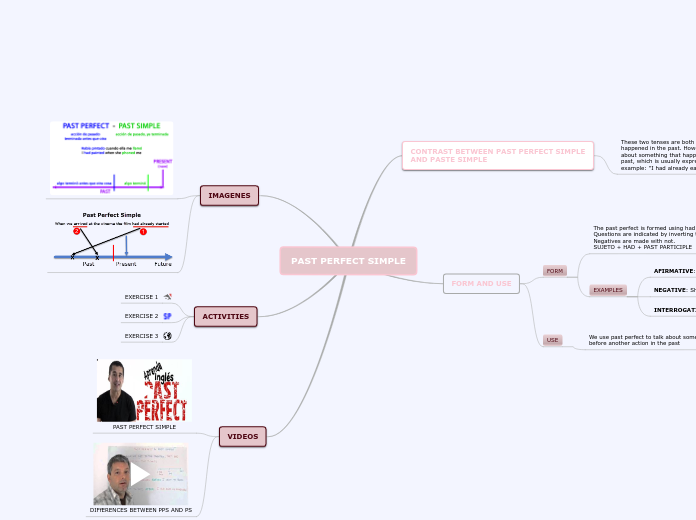by J. Manuel D. 6 years ago
786
Common test techniques
Various testing techniques have unique advantages and disadvantages. Multiple-choice items enable rapid and reliable scoring, testing receptive skills effectively. However, they can facilitate cheating, limit the scope of what can be tested, and introduce issues with guessing.









